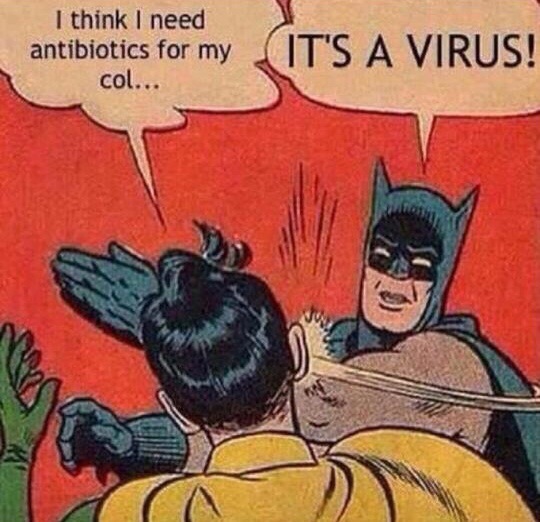Iron-Deficiency Anemia – Homeostasis Image
A short article regarding iron deficiency anemia was recently published on the New England Journal of Medicine blog. The thing that immediately caught my attention was this beautiful image of iron homeostasis. Iron deficiency anemia is the most common anemia worldwide so it’s definitely something to be familar with. See the article here.
Embryogenesis – Implantation Videos
Here are 3 of the best videos covering implantation during the first 2 weeks of embryogenesis. Pretty remarkable stuff. Enjoy!
Heart Embryology – YouTube Video
It may be “old school”, but this is still probably one of the best embryology videos out there. Watch it with your notes, textbook or review book in hand as an additional guide and it definitely makes things much clearer. Always worth going back for review if you’ve seen it before too!
What is a superantigen and how do they work?
See this video for an excellent explanation of superantigens and the sequence of events they induce. A prototypical example of a superantigen is toxic shock syndrome toxin (TSST) released by S. aureus.
In a nutshell:
1) Superantigen binds periphery of T-cell and MHC molecule receptors
2) Non-selective T-cell activation with release of IFN-gamma
3) Macrophage activation and release of IL-1, IL-6 and TNF-alpha
4) Non-specific inflammatory response
Rubeola vs Rubella vs Roseola
I’m definitely someone who struggles keeping stuff organized when things sound the same, so I was always getting these mixed up. Here is a helpful cartoon courtesy of Jorge Muniz on www.medcomic.com to help keep things straight. The website actually has a lot of great cartoons that can really help you learn in a fun way. Enjoy!
NEJM Image Challenge – What Condition is Indicated by this PE Finding?
Can you answer the NEJM image challenge? Click here to vote and see the answer.
Sarcomere Components
I remember when I used to get all the different parts of the sarcomere mixed up, but with a few simple tricks you can remember it easy and long-term.
First, understand the the I band is isotropic and the A band is anisotropic. Although these terms technically refer to the behavior of polarized light passing through, I like to think of isotropic = moving and anisotropic = non-moving (remember that “an-“ means “without”).
So how do you remember which is the thick filament and which is the thin filament? Just remember that the heavier something is, the less likely it’ll move! In other words, think of the thick filaments as too heavy to move which means they’re the A bands because “an-“ (or “a” if that’s easier for you) means “without”. By default, the thin filament will be the I band. Additionally, the letter “I” is thinner than the letter “A” so it’s gotta be the “thin” filament right?
Now Z lines are you endpoints which should be easy to remember, because the letter “Z” is at the end of the alphabet. This actually ties into the next point too.
The points that “move” during muscle contraction are the H band and I band which spell “HI”. In other words, the “HI” bands bring the ends of the sarcomere (Z lines) closer together so they can say “Hi”!
Obviously this doesn’t cover everything you should know about the sarcomere and muscle contraction, but hopefully it helps get you started if you were having trouble!





